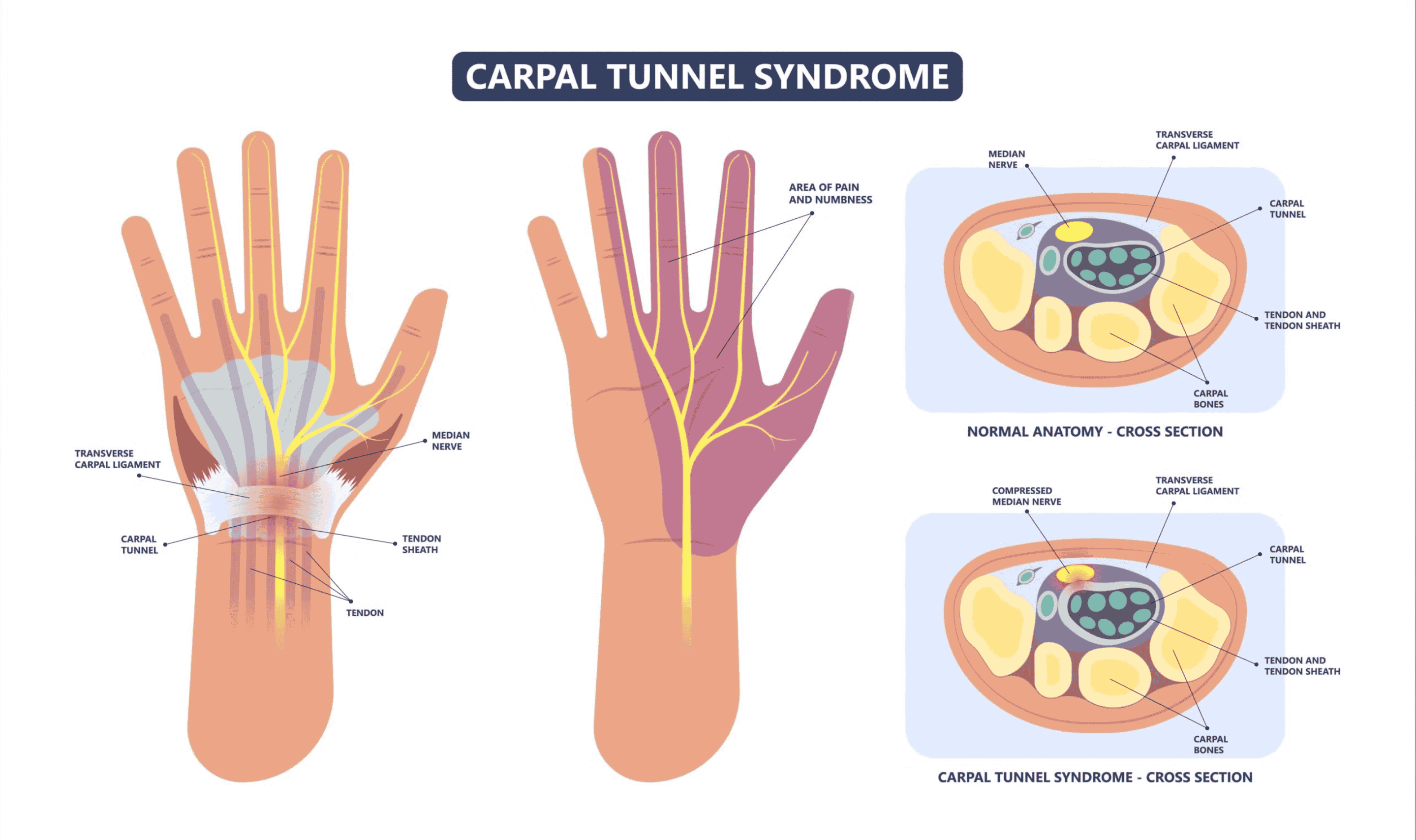A Comprehensive Guide to Stellate Ganglion Block for Head and Neck Cancer Pain
Head and neck cancer is a difficult disease that affects patients' lives and quality of life.
Head and neck cancer can produce intense pain due to nerve involvement, tumor
compression, and inflammation. Doctors have used cutting-edge pain management
techniques like Stellate Ganglion Block. The mechanisms, benefits, and drawbacks of SGB
for head and neck cancer pain are examined in this article.
Understanding Stellate Ganglion Block (SGB)
The Stellate Ganglion Block (SGB) targets the stellate ganglion, a collection of nerves in the
neck that sends impulses from the head and neck, to relieve pain. By injecting anesthetic or
medicine near the stellate ganglion, this treatment disrupts pain impulses. The stargate
ganglion (SGB) is a key component of the sympathetic nervous system, regulating
sympathetic activity, which transmits pain and inflames.
The Burden of Head and Neck Cancer Pain
Cancers of the oral cavity, throat, larynx, and salivary glands are classified as head and neck
cancers. These tumors are known for their terrible pain from numerous sources:
1. Tumor Compression
As the tumor growths get bigger, they can press on nearby nerves and cause a lot of pain
and discomfort.
2. Nerve Involvement
Neuropathic pain from head and neck cancers can be scorching, shooting, or electric
shock-like.
3. Inflammation
Cancer and its treatment can worsen discomfort, making it difficult for sufferers to cope.
Effective pain management is crucial to improving head and neck cancer patients'
well-being and treatment outcomes due to its debilitating nature.
SGB Targeted Pain Relief
Stellate Ganglion Block targets head and neck pain. This technique interrupts malignant
tissue pain impulses, relieving patients temporarily. The face, jaw, and neck can benefit
from SGB.
Sympathetic Nervous System Regulation
Stargate ganglions in the sympathetic nervous system regulate blood flow, temperature,
and pain perception. Sympathetic nervous system dysregulation increases pain and
inflammation. SGB modulates sympathetic activity, restoring balance and reducing
discomfort.
Nerve Signal Interruption
SGB disrupts head-neck-to-brain pain impulses. Healthcare practitioners "block" pain nerve
signals by injecting anesthetics or medicines near the stellate ganglion. Patients benefit
immediately from this interruption, which helps them cope with their disease and
treatment.
The SGB Process
It takes accuracy and skill to administer a Stellate Ganglion Block. Overview of the process:
1. Evaluation of Patients:
Before SGB, patients are evaluated for pain severity, medical history, and treatment goals.
The procedure is customized to the patient's needs with this method.
2. Local Anesthesia:
A local anesthetic is applied to the injection site to reduce pain.
3. Imaging Guidance:
To ensure needle insertion near the stellate ganglion, SGB is usually guided by fluoroscopy
or ultrasound.
4. Medication Injection:
After positioning the needle, the healthcare provider injects the local anesthetic,
corticosteroid, or other drug.
5. Monitoring:
Patients are constantly followed throughout and after the surgery to assess their response
and treat immediate issues.
6. Post-Procedure Care:
Patients are usually followed for a brief time after SGB to ensure no side effects and are
recommended to rest before returning to normal activities.
Diagnostic and Therapeutic Value
Stellate Ganglion Block diagnoses and treats. It can help detect if sympathetic nerve activity
causes pain. After the block, significant pain reduction demonstrates the sympathetic
nervous system's role in the patient's suffering, guiding treatment recommendations.
Temporary Relief and Multimodal Approach
It's important to know that SGB only relieves pain temporarily. A few weeks to several
months of alleviation depend on the patient's health and the operation's reaction. Thus,
multimodal pain management commonly includes SGB.
Stellate Ganglion Block (SGB) is promising for treating head and neck cancer pain by
regulating the sympathetic nervous system's impact on pain perception and inflammation.
Dr. Minhaj Akhter, a specialist in cancer pain management, uses this procedure to help
patients with head and neck cancer feel better after treatment.
Nevertheless, SGB's efficacy varies from patient to patient. A pain management specialist
must determine whether SGB is appropriate and create a unique pain treatment plan. For
head and neck cancer patients seeking better pain control, SGB is a light of hope.

2.jpg)








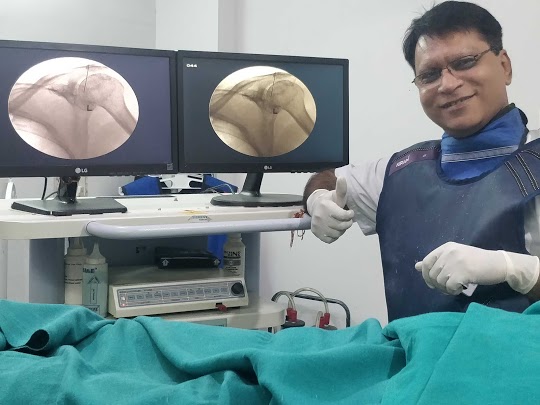




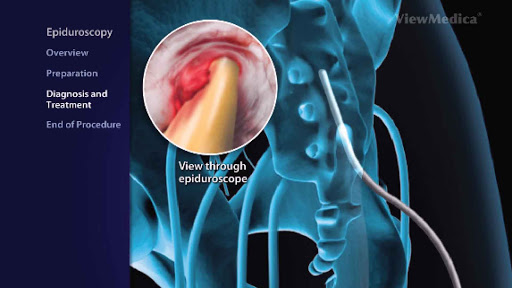

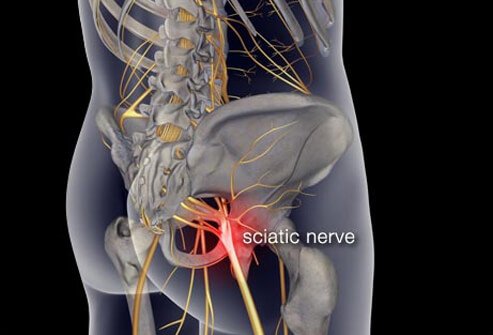
















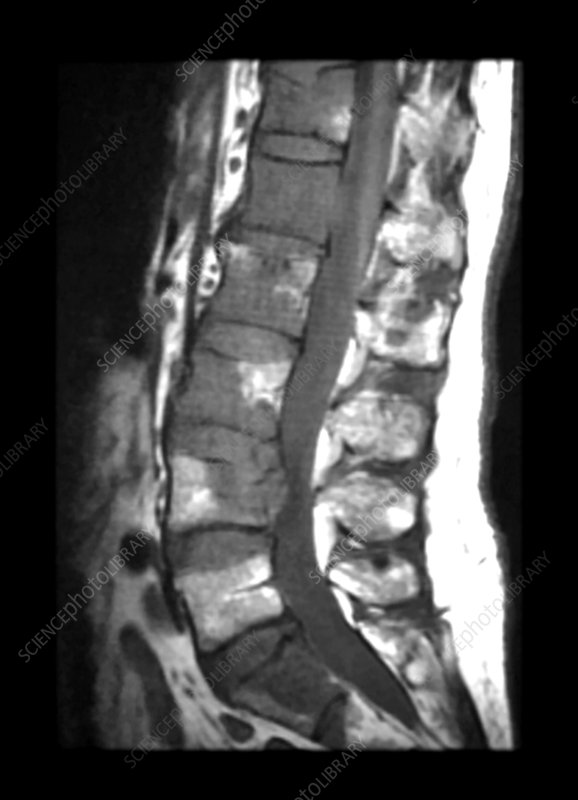




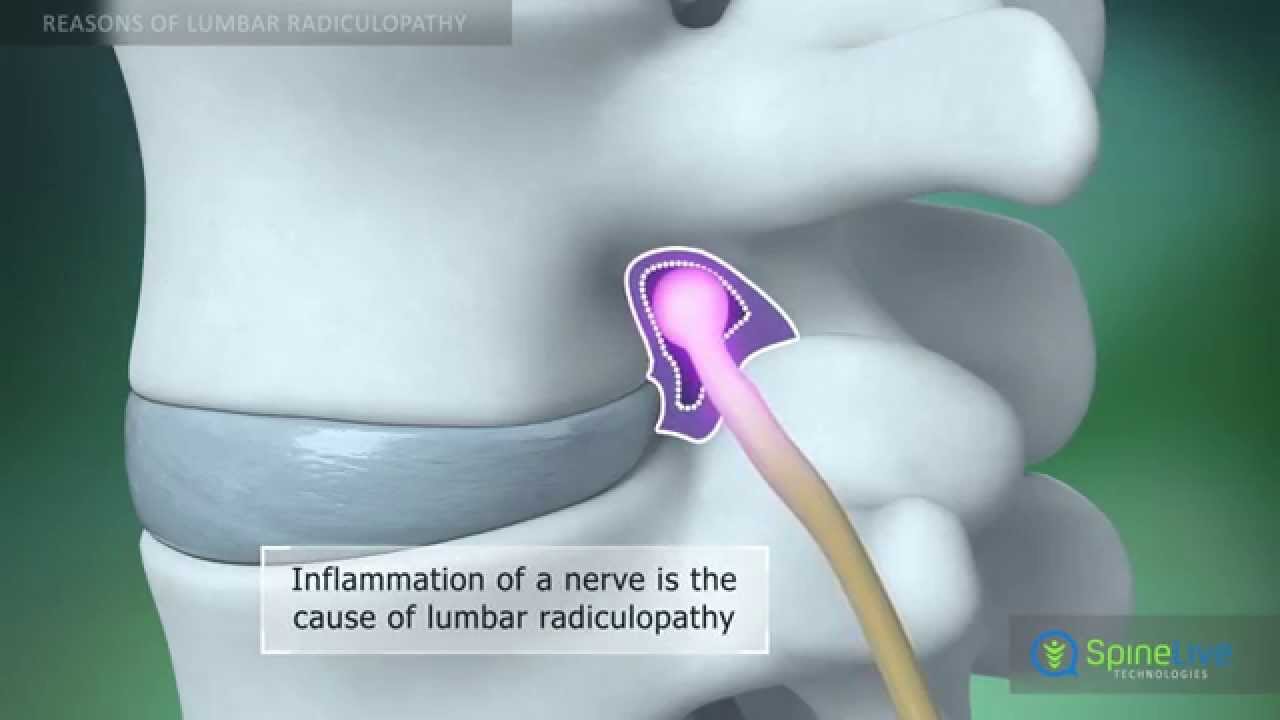
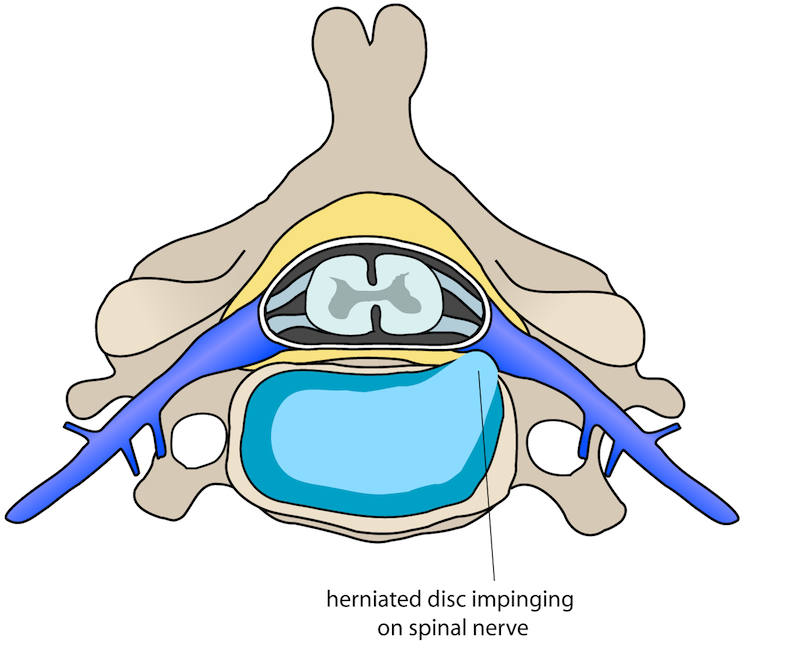
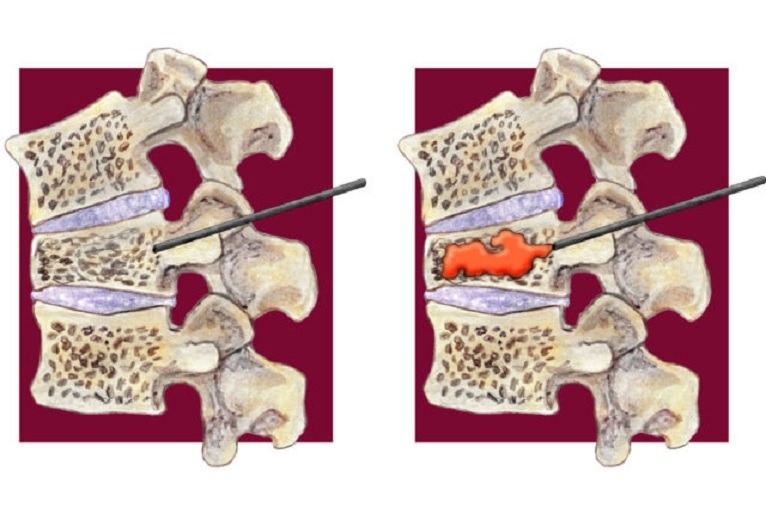













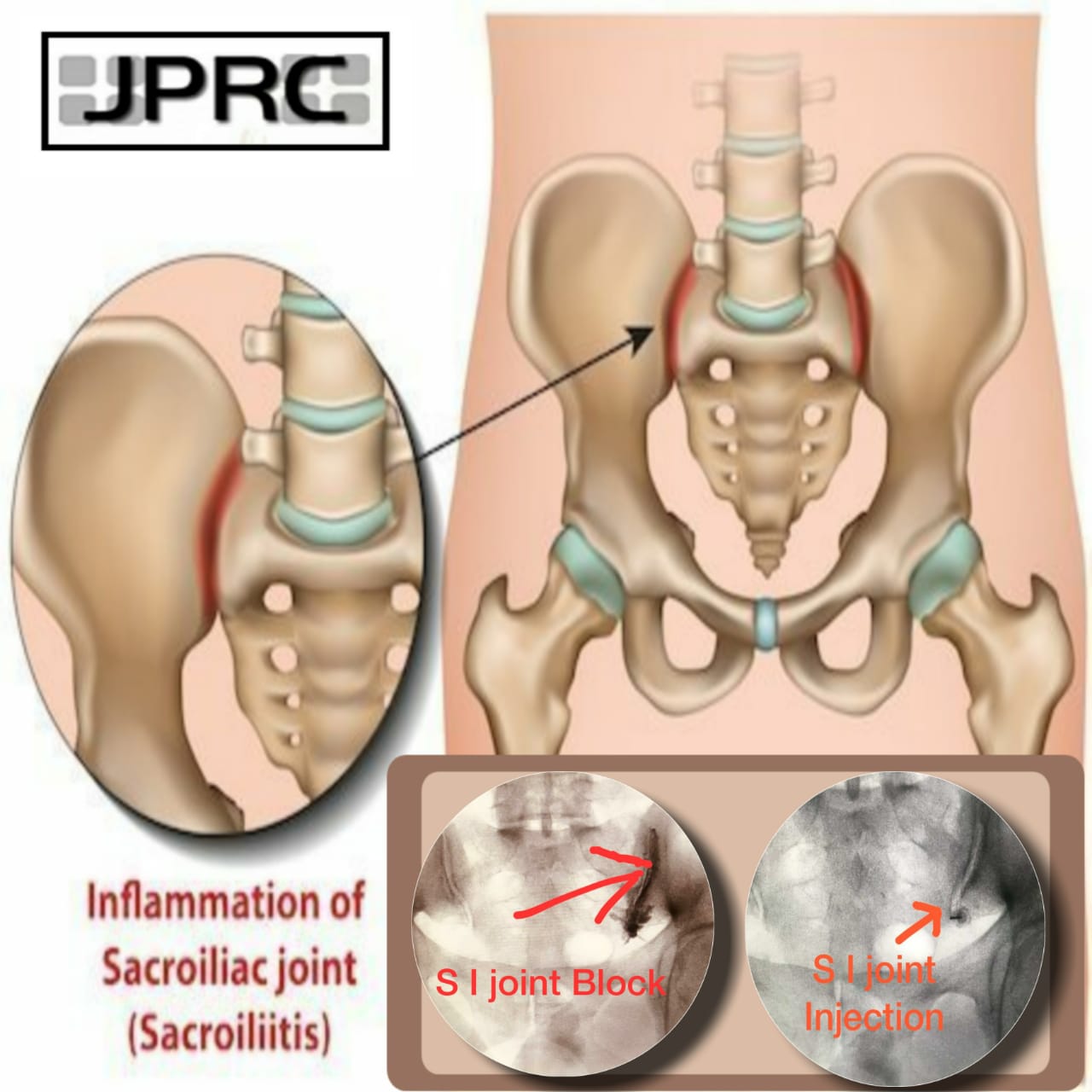








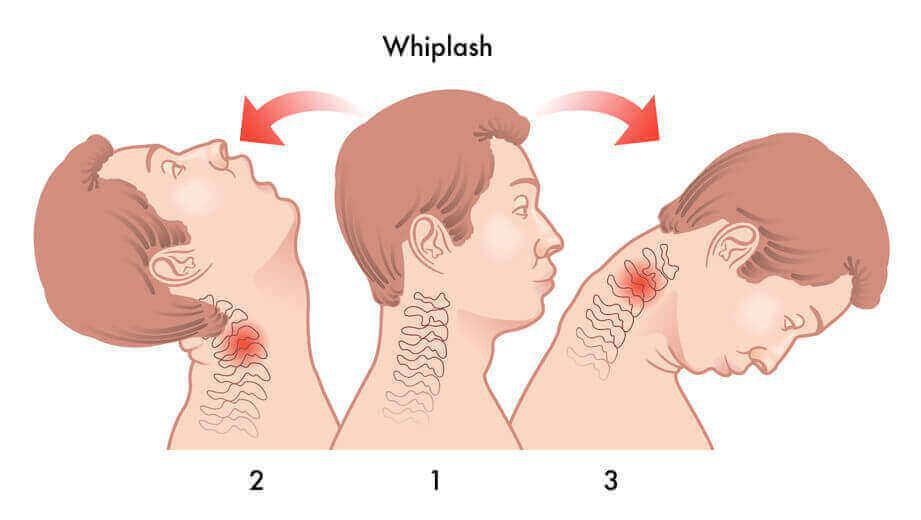

.jpg)








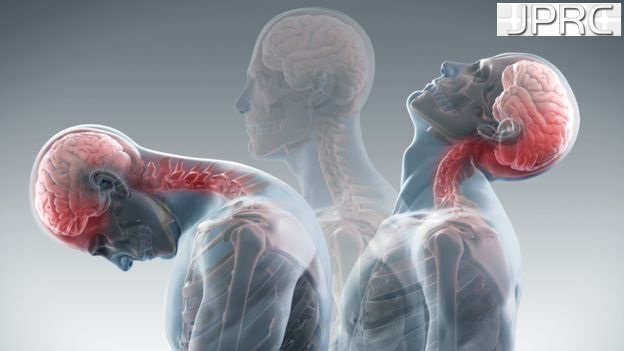


_Injection_Description_in_Hindi.jpg)
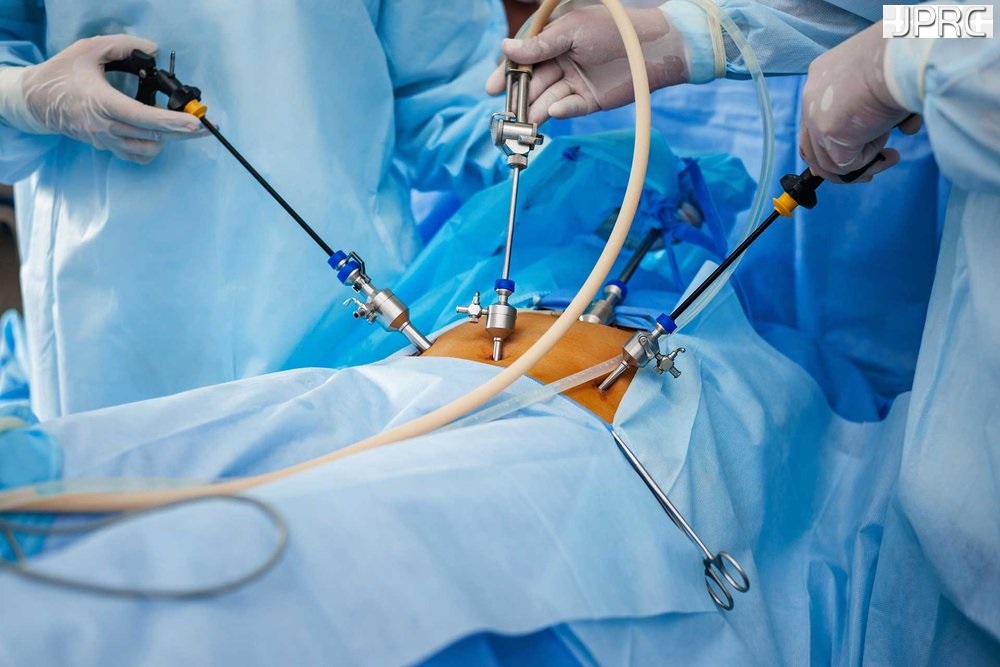

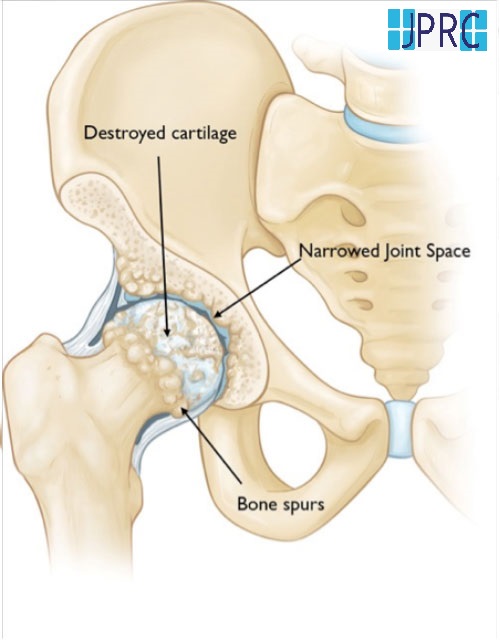



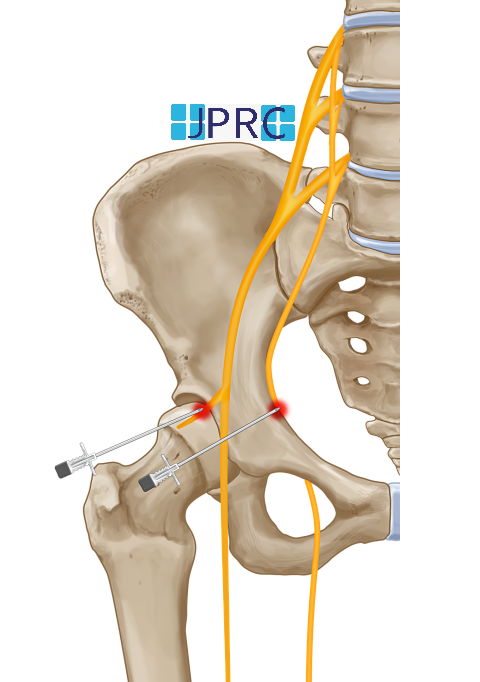


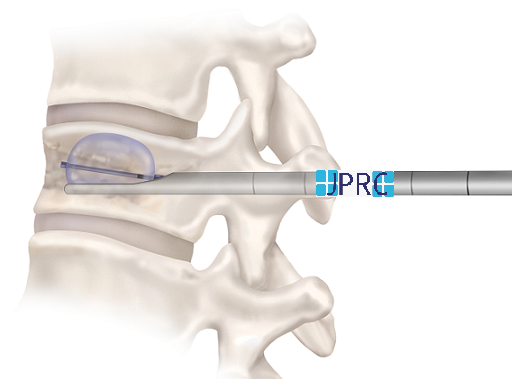

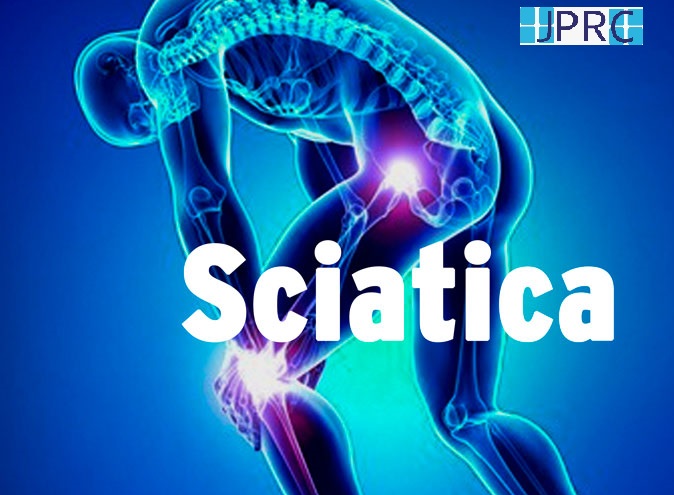




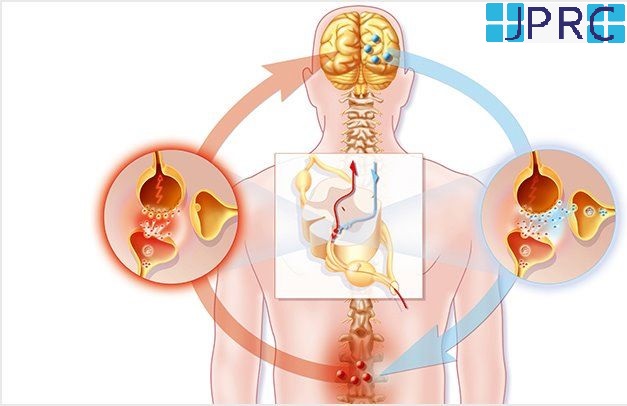


.jpg)








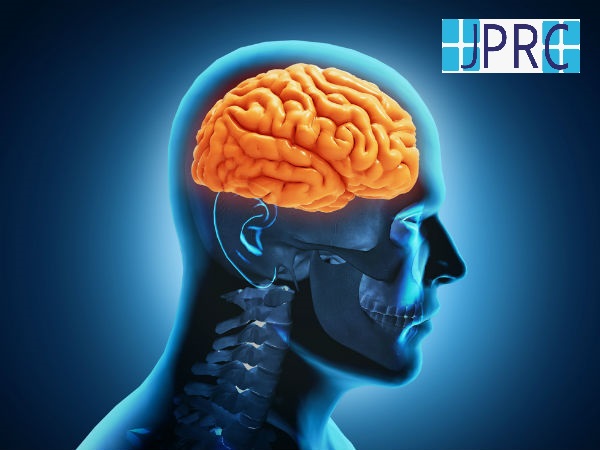

.jpg)




.jpg)
.jpg)
.jpg)



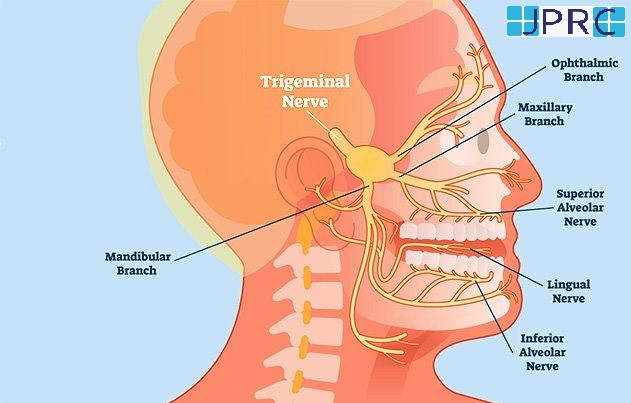



.jpg)
.jpg)
.jpg)
.jpg)
.jpg)
.jpg)
.jpg)
.jpg)
.jpg)
.jpg)
.jpg)
.jpg)
.jpg)
.jpg)
.jpg)
.jpg)
.jpg)
.jpg)
.jpg)
.jpg)
.jpg)
.jpg)








1.jpg)
1.jpg)
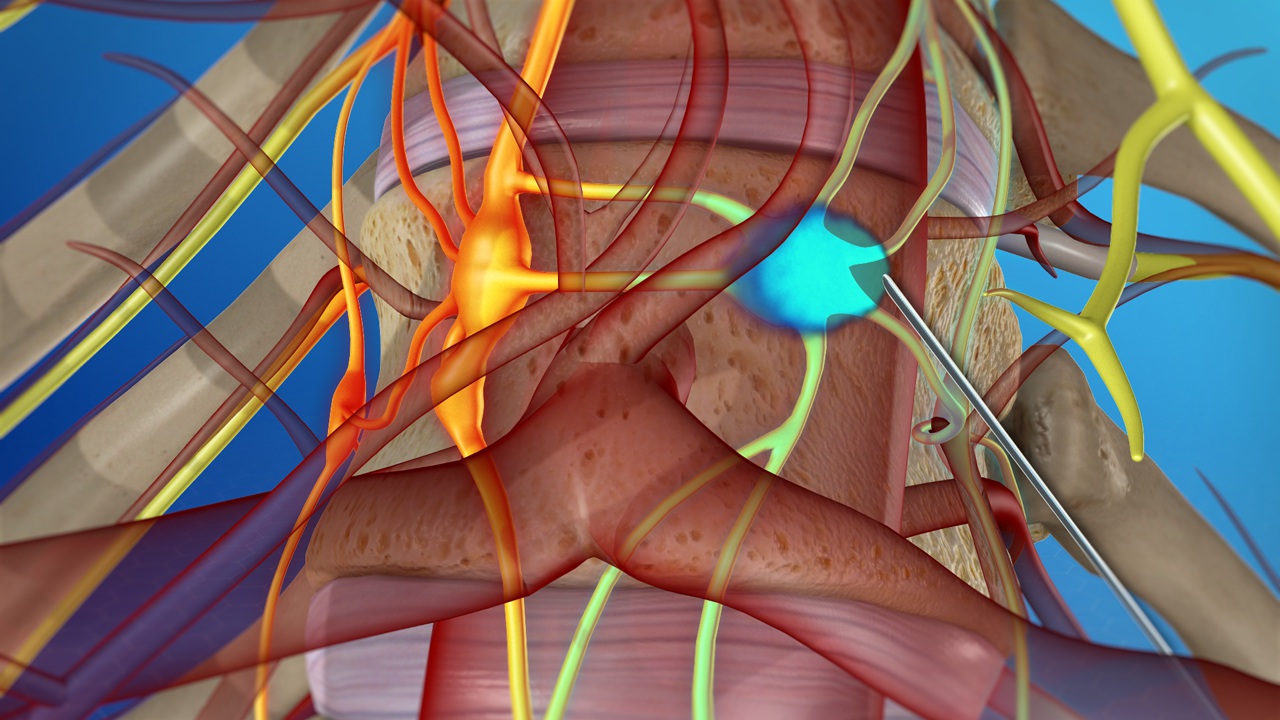
1.jpg)
1.jpg)
1.jpg)
1.jpg)
1.jpg)










2.jpg)
3.jpg)

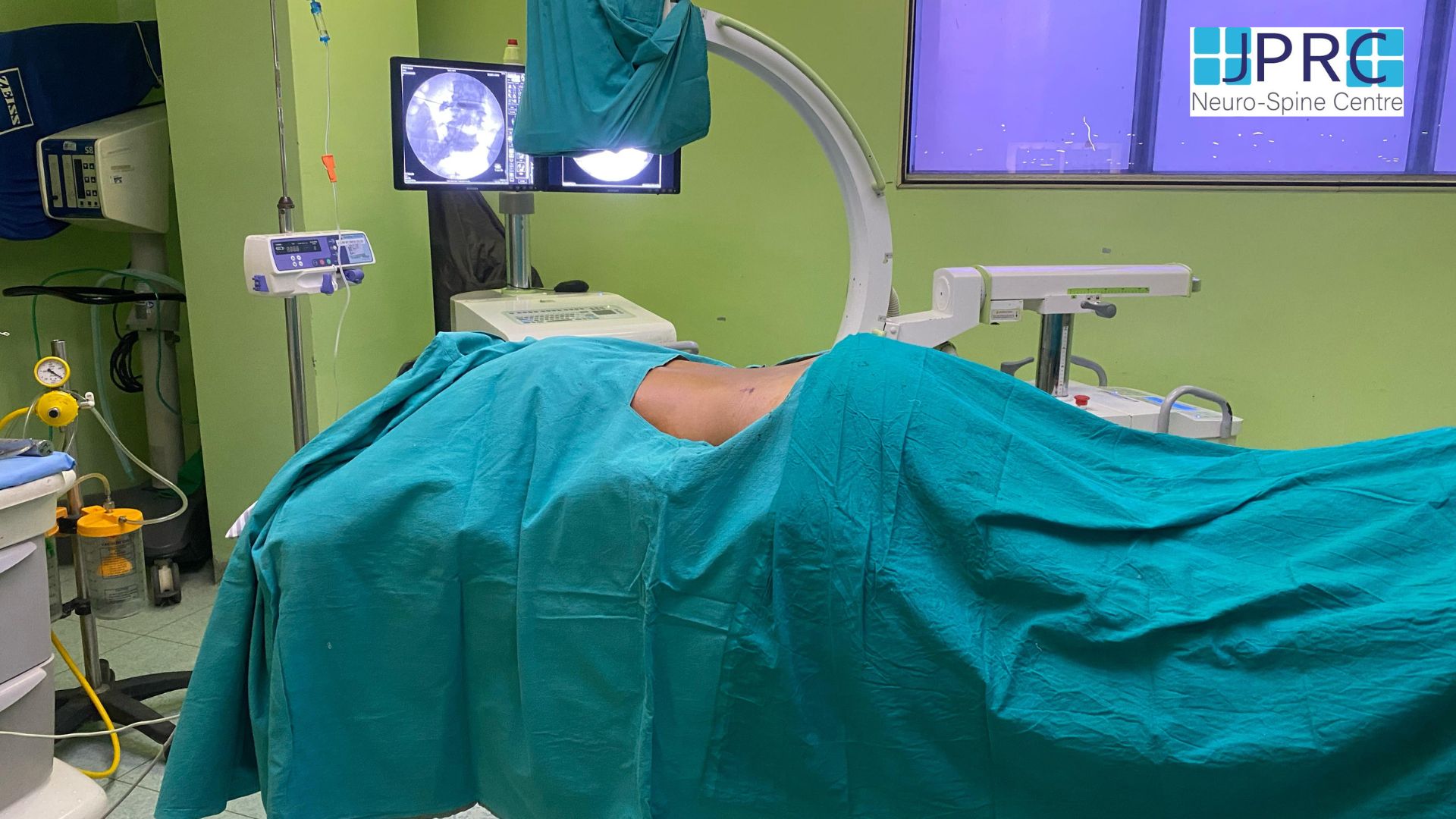

4.jpg)
1.jpg)
2.jpg)

5.jpg)

6.jpg)
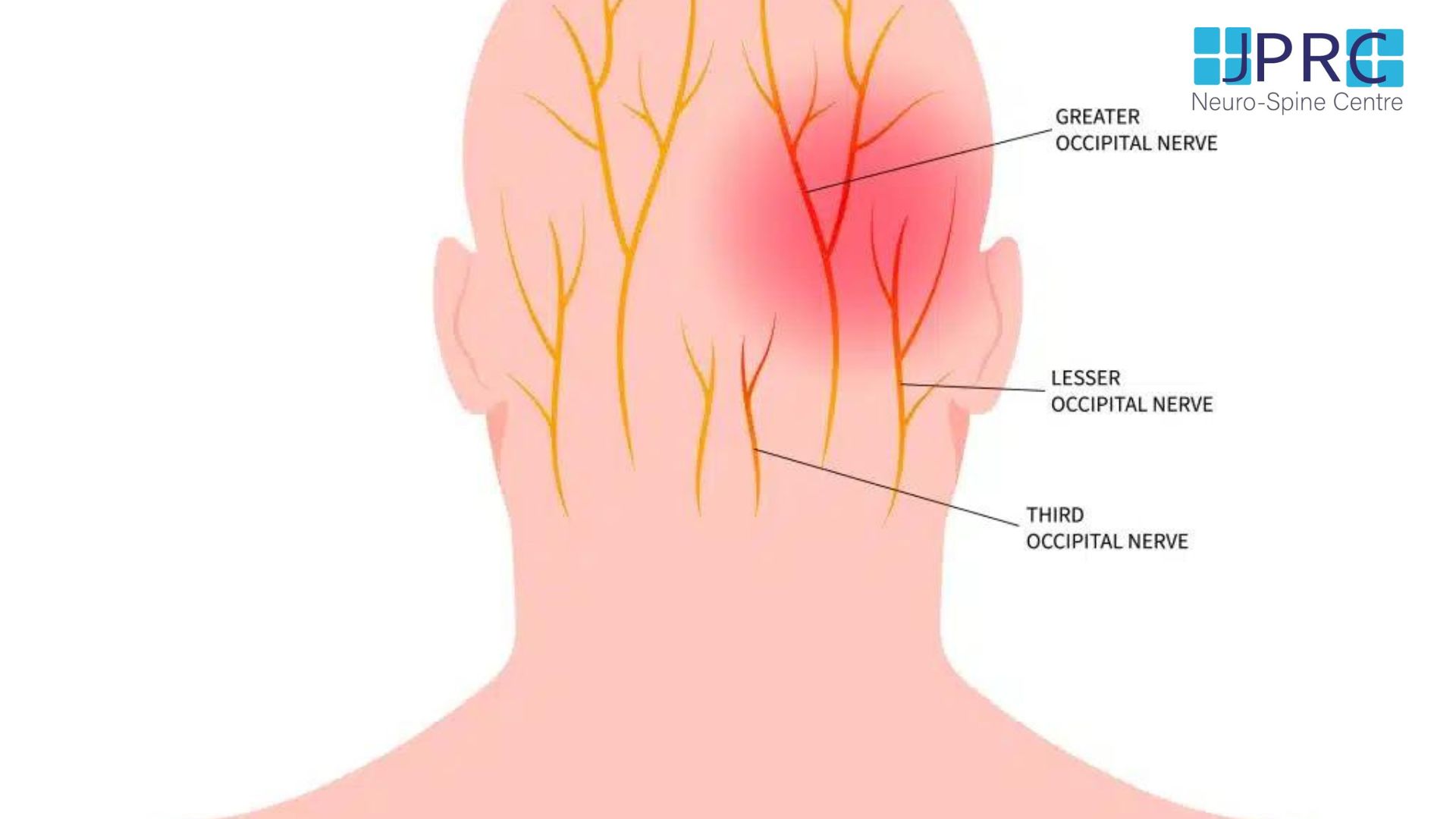
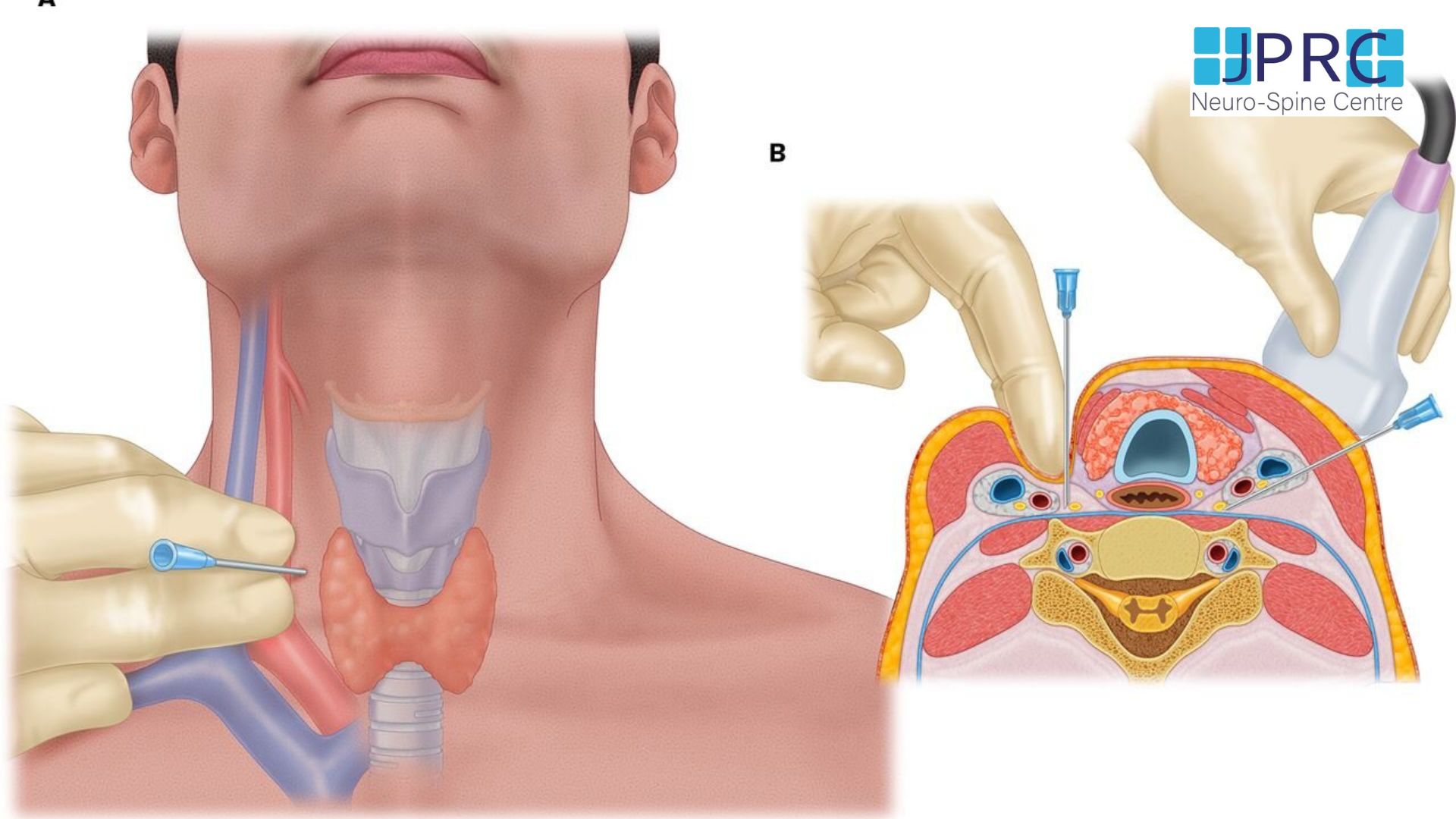


7.jpg)
2.jpg)

8.jpg)

9.jpg)
3.jpg)

10.jpg)

11.jpg)


12.jpg)
4.jpg)





























